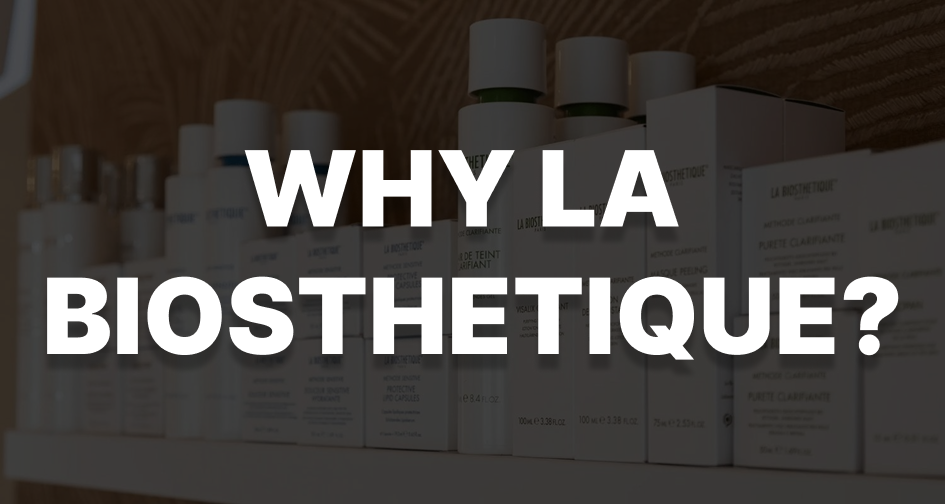
Let's Talk About Exfoliation
Exfoliation – you’ve most likely heard of this skincare step, but do you know about the wide range of benefits that come from adding a weekly exfoliator to your skincare routine?
Approximately every 30 days, the dead cells sitting on the surface of your skin shed, to make way for new cells that are being created in the deep skin layers. Sometimes these dead cells don’t shed completely, building up on the surface and causing blocked pores, dry patches and scaliness.
That’s where exfoliation comes in – it’s your helping hand to remove those stubborn skin cells. It comes in many forms, but the one you’re probably most familiar with is manual exfoliation, which involves using a granulated scrub to physically slough off the dead skin cells. Chemical exfoliation uses chemicals (such as alpha-hydroxy acids) or enzymes to eat away at the ‘glue’ holding these cells onto the surface of the skin. Mechanical exfoliation is the use of specialty equipment to provide incredibly thorough exfoliation, and is typically only used by qualified professionals in-salon (microdermabrasion and dermaplaning are examples of this). Most exfoliants that are available to add into your homecare routine will be manual, chemical, or a combination of the two.
Not only does exfoliation lead to smoother skin, but removing all of those dead skin cells exposes the healthy cells underneath, so the skin appears brighter and more radiant – no more dull, ashy complexion. Exfoliation also provides a ‘deep cleanse’ for the skin, minimising the amount of blackheads/clogged pores and reducing breakouts.
Exfoliation has benefits for overall skin health too – it improves microcirculation in the skin, which allows nutrients and oxygen in the blood to be delivered more effectively. Long-term, regular exfoliation stimulates the production of collagen, one of the key structural elements found in our skin. This increase in natural collagen formation provides strength and stability to the skin, improving elasticity and minimising fine lines and skin sagging.
It is important to remember that not all exfoliants are created equally; when choosing a manual exfoliant make sure the scrubbing particles are spherical, like those in the La Biosthetique Masque Peeling. This will reduce the risk of microtearing or damage – your exfoliant should not feel sharp or harsh. If your skin is on the sensitive side, the safest option is to skip the scrubbing particles and use an enzyme-based exfoliant instead, as it is less likely to irritate already sensitised skin. We love the Meder Beauty Science Enzy-Peel, a dual-action exfoliant that combines manual and enzymatic exfoliation, making it suitable for most skin types.






